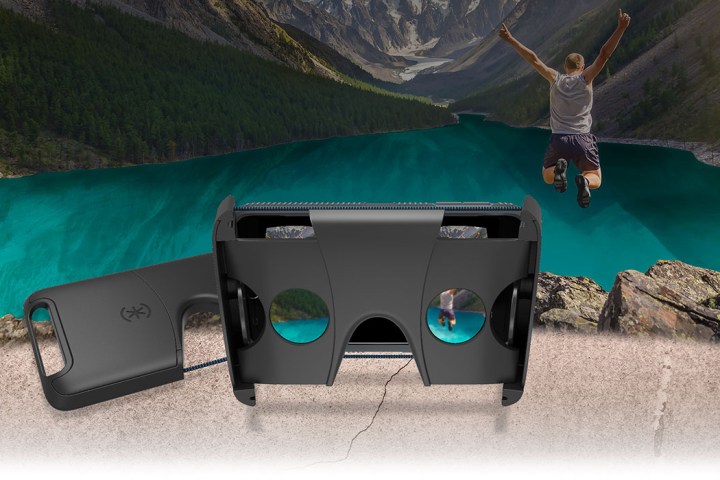
It’s not exactly new information that Google is working on a mobile headset — the company said as much at its developer conference in May. It will be built for Daydream — an Android VR platform that offers high quality apps and content. The platform works best on phones and headsets with the proper hardware and it’s why Google released a reference guide to hardware manufacturers. We’ve seen a few devices become “Daydream-certified” already, like ZTE’s Axon 7.
Google’s upcoming Nexus devices will also be Daydream-ready. But more details have emerged about a headset that Google is working on, thanks to sources speaking to Engadget, and it reportedly “blurs the line” between virtual reality and augmented reality — meaning you’ll likely be able to use the device for both virtual and real-world experiences.
The Mountain View company has been assigning its employees to work on this high-end headset for the past few months, but the key point is this: Daydream isn’t Google’s long-term goal for VR and AR. That’s not to say it isn’t a high priority, but Engadget’s sources say that Google thinks of Daydream as a stepping stone “towards a grander hardware push.” It’s unclear if the headset Engadget’s sources discuss is the Daydream device we’re expecting to see from Google later this fall.
Regardless, the AR and VR headset will not require a computer or a phone to power it, which would be a first for a mainstream commercial product. It will have a screen and will offer more augmented reality features than current VR headsets can provide. There is no clear release date for this headset.
Google is already leading the augmented reality space with Tango, which saw its debut in the Lenovo Phab 2 Pro, and the company already has a solid foot in virtual reality thanks to its widely popular Cardboard — a cheap headset that brought VR to the masses.
We’ll have to see if we’ll see this blend of AR and VR in the headset coming this fall when Daydream launches, or if this device is one we’ll see later on when Google readies its greater hardware push.


